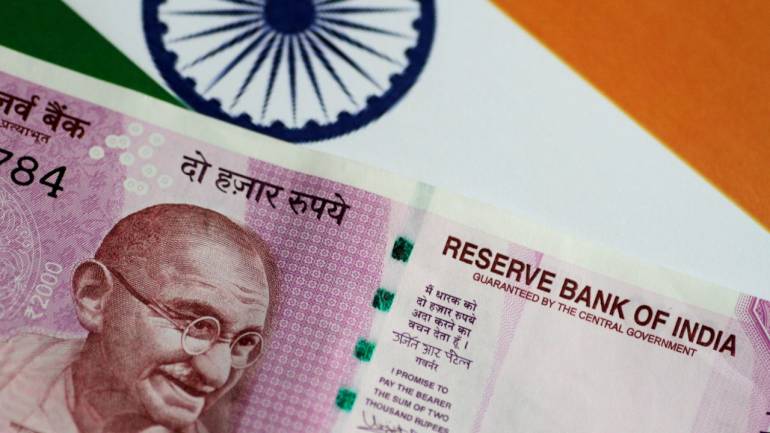
What is value of currency for an economy?
An economy is often represented by the people who live there and the value its currency has, further the value of a currency depends on factors that affect the economy like imports and exports, performance of equity markets, foreign exchange reserves, macroeconomic policies, inflation, employment, interest rates, growth rate, trade deficit, foreign investment inflows, banking capital, commodity prices and geopolitical conditions. Currencies are often influenced by income levels through consumer splurge. When income increases, people tend to expend more. Demand for imported goods increases demand for foreign currencies, thus, weakening the local currency.
Reasons for Rupee depreciation against USD:
- Crude oil- US restricted all countries, including India to import crude oil from Iran. Iran being the second most largest exporter of crude oil to India due to geographic proximity that saves shipping cost as well as the favourable financial terms offered by Iran, including the longest credit period among all of India’s suppliers is losing its rupee value further.
- Trade war- US and China have been involved in heated up trade war as they are imposing import tariffs on goods from either of these countries and such a situation is not viable for a country like India.Trade war is leading the markets into period of risk off where prices of all assets are moving lower. US Dollar and Japanese Yen are observed to be the major beneficiaries from trade war. Indian Rupee is already under pressure from high crude oil prices and on-going trade war sparked another bout of capital outflows.
- Fiscal deficit blues- As a result of hike in crude oil prices, crude oil imports from Iran and trade war between US and China India’s fiscal deficit might get hurt over the upcoming quarters as India is a net importer of crude oil and also heavily dependent on it. It is further expected that weakness in Indian Rupee might persist as it will be difficult to fund the widening current account deficit given the increased return by way of higher US Dollar rates offered by other emerging market debtors.
- FPI outflows: FPIs (Foreign Portfolio Investors) have surfaced as net sellers in the months of FY2018 and have already sold-off around INR14,000 crores worth of equity and debt securities so far, leaving Rupee to a downslide.
Ways to protect the depreciating currency:
- The country should sell more goods in overseas market than it buys from them and have a trade surplus, which leads to more foreign currency into the country than what is paid for imports. Thus, strengthening the local currency.
- As the difference in interest rates between countries is one of the major factors for rupee depreciating, RBI’s move to deregulate interest rates on savings deposits and fixed deposits held by Non-Resident Indians (NRIs) proved to be a successful part of a series of steps to stem the fall in the rupee. By allowing banks to increase rates on NRI rupee accounts and bring them on a par with domestic term deposit rates, the RBI expects fund inflows from NRIs, resulting in a rise in demand for rupees and strengthening value of the local currency.
- Some ways through which the RBI controls the movement of the rupee are:
- Changes in interest rates
- Relaxation or tightening of rules for fund flows
- Tweaking the cash reserve ratio (the proportion of money banks have to keep with the central bank)
- Selling or buying dollars in the open market
- Fixation of the statutory liquidity ratio, that is, the proportion of money banks have to invest in government bonds
- The repo rate, at which RBI lends to banks.
While an increase in interest rates makes a currency expensive, changes in cash reserve and statutory liquidity ratios increase or decrease the quantity of money available, impacting its value in the positive direction.
Forecast:
Increased customs duty on total 19 categories of “non-essential items” such as washing machines, refrigerators, radial tyres, and aviation turbine fuel (ATF) witnessed an import of around INR 86,000 crores in 2017-18, leading to improvement in Current Account Deficit and attracting inflows. The Indian rupee will also be benefited from any inclusion of local government bonds in the JP Morgan government bond index for emerging markets. Also, citing the $1 billion rupee-linked bond issuance launched by World Bank’s private sector arm International Finance Corp, rise in value of rupee can be speculated.
We are a Chartered Accountants firm rendering a gamut of services related to accounting & bookkeeping, auditing and assurance, taxation, business process outsourcing and company formation in India. If you require any assistance, please click here.
